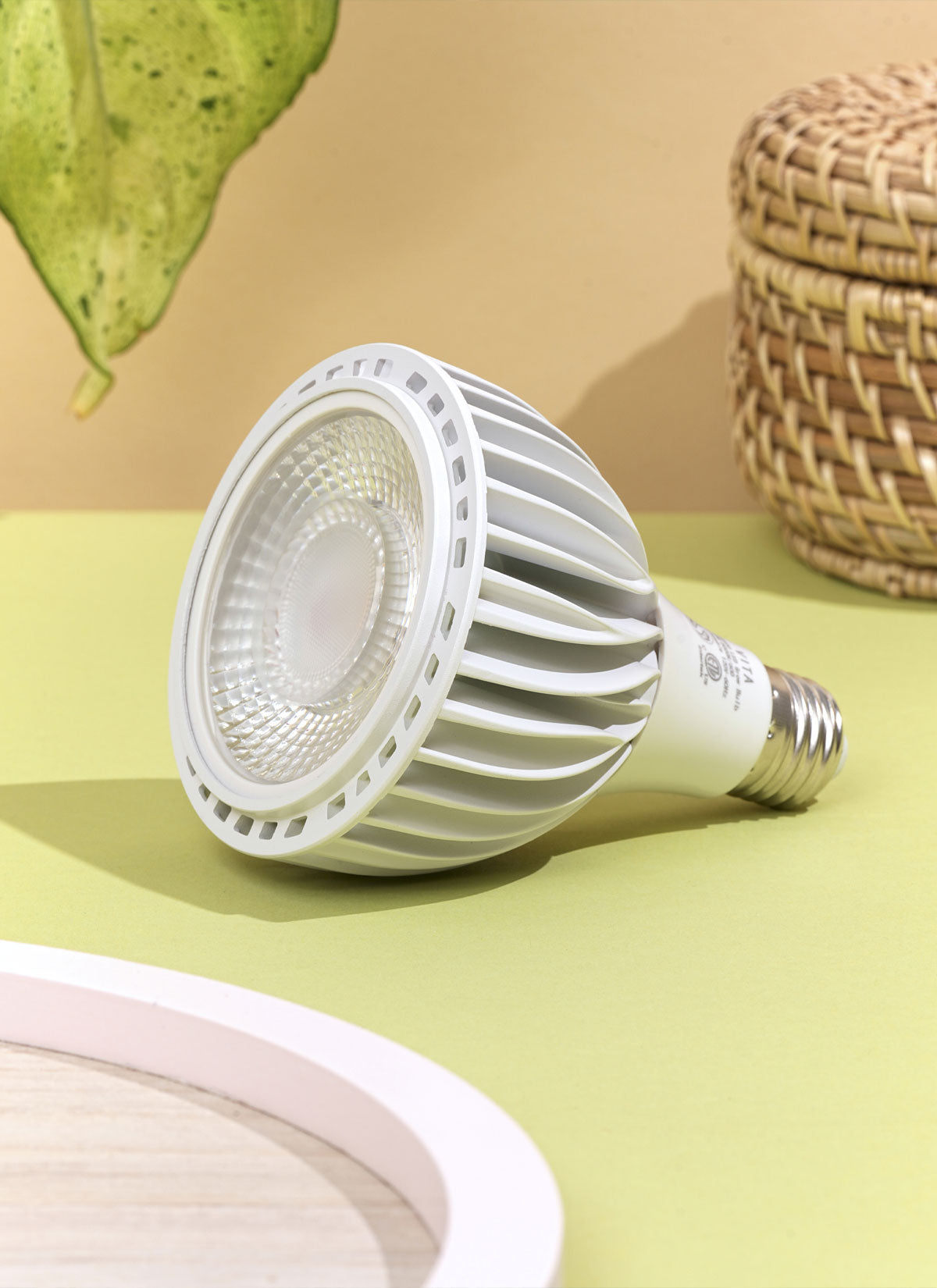Light Requirement: Full Sun (Bright Direct Light) & High Light (Bright Indirect Light)
Chives require a mix of bright, direct and indirect sunlight for healthy growth when grown indoors. Ideally, position them near a south-facing window where they can receive maximum sunlight exposure. If natural light is limited, you can supplement with artificial grow lights, such as LED grow lights. Regularly rotate the chive pots to ensure even light distribution and prevent the plants from leaning towards one side. By providing adequate and consistent lighting, you can ensure strong growth, vibrant foliage, and abundant harvests of chives indoors.




















